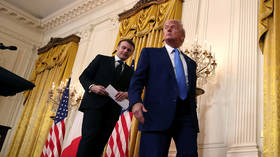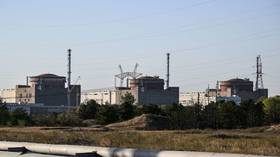U.S. bailout proposal leads to questions of timing, size and financing
With global policymakers becoming increasingly desperate in their attempts to fend of not just a recession all eyes are focusing on what can be done to turn around its largest single part – the U.S. economy.
President Obama has brought out an $800 Billion plus stimulus package against the backdrop of the worst economic data in generations, with a wave of poor corporate results cutting a swathe across business sentiment, and the spectre of mass unemployment mounting.
“Most of the money that we are investing will go out of the door and go directly to job creation, generating or saving from 3-4 million new jobs. But even as this plan puts Americans back to work, it would also make the critical investments in alternative energy, safer roads, better health care and modern school that will lay foundation for long term growth and prosperity.”
The package – dubbed the ‘Recovery and reinvestment’ plan – provided plenty for those at Davos to think about.
Former President Bill Clinton called global support for the package, noting that the capacity of the US to continue funding massive deficits is on the wane, and tying in the fact that major exporters have as much to lose as the US itself.
“We need help financing. China, Japan, Korea any other country in the world that has cash and is export dependent. We need America to come back, so that Europe can come back so that all the other consuming, as well as producing countries, can come back.”
With the U.S. government already involved in bailouts of the banking sector, auto industry and housing, most of the fiscal stimulus comes after 2011.Thats led to a muted response from those looking for something more immediate according to Stephen Biggar -Director of Global Equity Research for Standard & Poor's.
“Right now there is a lot of disappointment about the plan. It does not do too much to stimulate immediate job growth, the are elements to it, in terms of benefits packages, extension of things like healthcare insurance, extension of unemployment benefits but there are not a lot in the package, and it is being criticized for, for the lack of immediate job growth creation.”
Other concerns about the fiscal stimulus range from wariness about preferential treatment for US companies in accessing support, to a possible change towards protectionist sentiment. But having passed the House of representatives without the support of Republicans, who wanted a more targeted plan, the biggest question as it goes to the senate is whether it is big enough, and how soon it will work. And with economic and corporate data indicating a continued collapse, its timing and size may yet may become bigger issues still.














